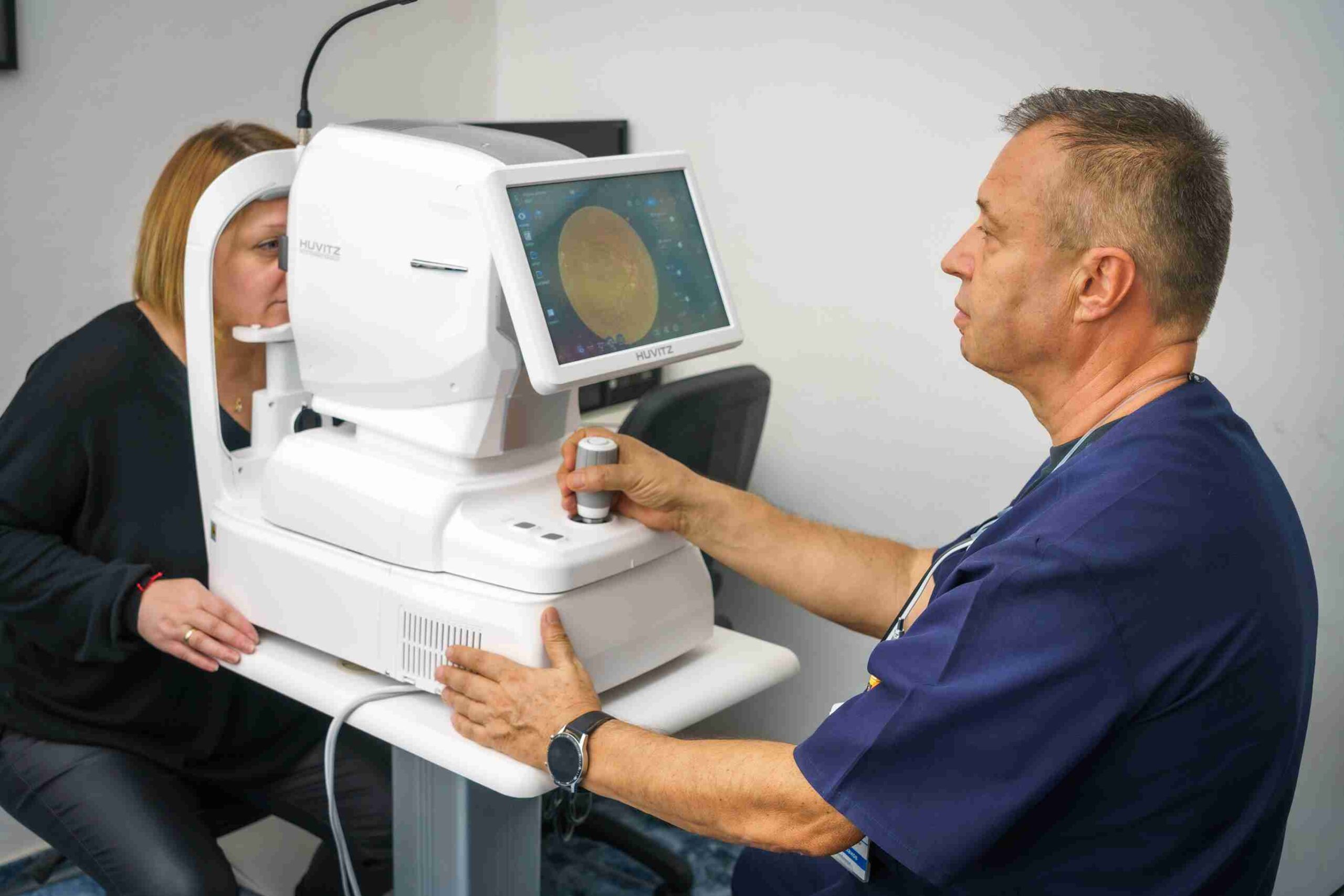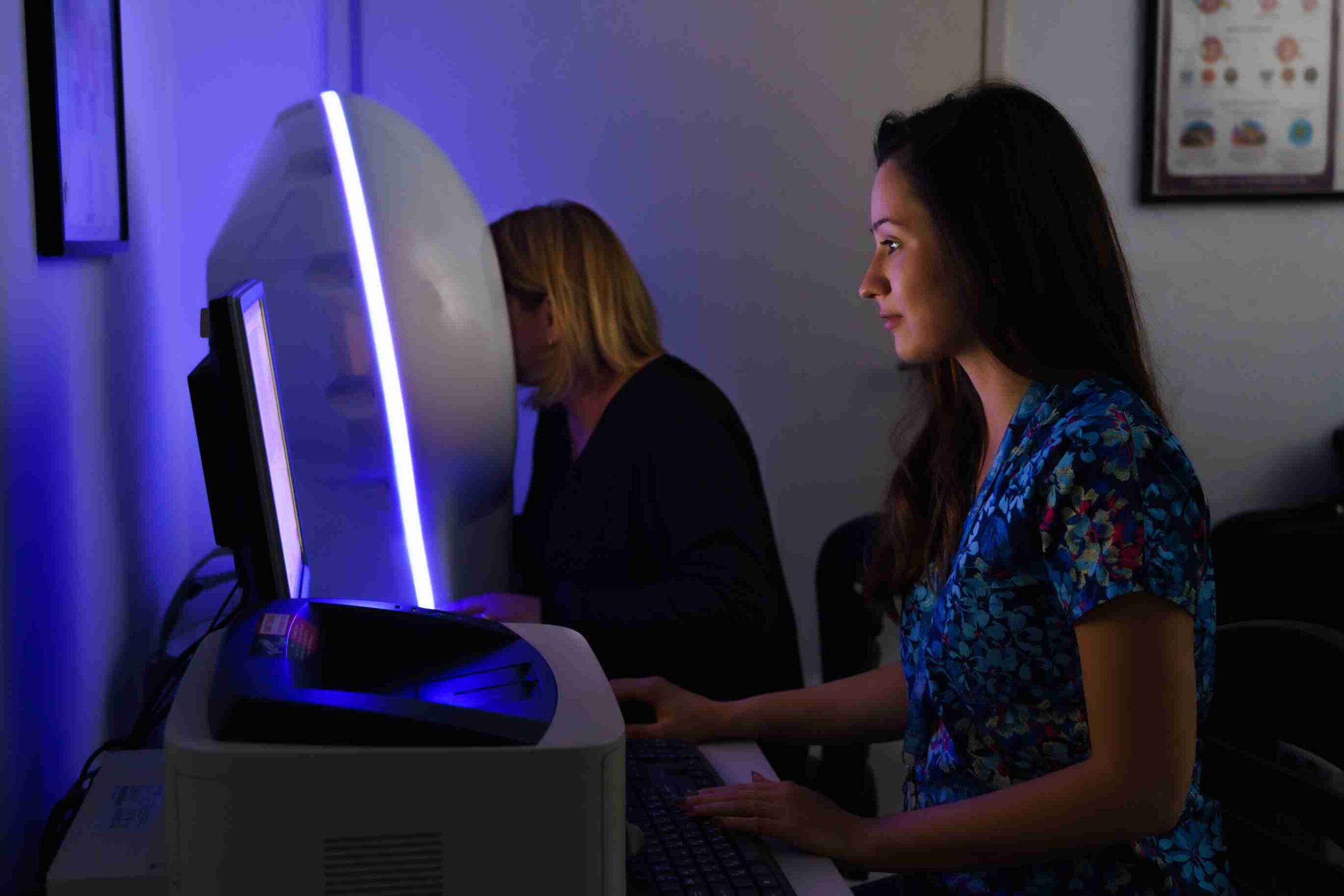Departments
Questions?
Contact us!
Department of Ophthalmology
The “Ophthalmology” department specializes in the diagnosis and treatment of all inflammatory, vascular, and neuro-ophthalmological diseases of the eye, as well as laser therapy for retinal diseases. The department performs: cataract extraction through phacoemulsification with the implantation of high-tech intraocular lenses, extracapsular cataract extraction (internal lens) with or without intraocular lens implantation, surgical treatment of glaucoma, outpatient surgeries without hospitalization in the department, surgical treatment of eye injuries and their appendages in emergency cases, plastic surgery of the eye and its appendages, cryotherapy for glaucoma, laser therapy for glaucoma, laser therapy for secondary cataracts, intravitreal injections.
Among the most common traditional ophthalmic procedures are: foreign body extraction, electroepilation of eyelashes, irrigation and probing of lacrimal ducts in children and adults, subconjunctival, para- and retrobulbar injections. The department also performs ocular ultrasound, computerized perimetry, fluorescein angiography, non-contact intraocular pressure measurement, computerized keratorefractometry, biometry of the eyeball, biomicroscopy of the eye, exophthalmometry, and pachymetry.
Inpatient
The department is located on the 12th floor of the Surgical Block and has 10 hospital beds.
Apparatus
The department is equipped with high-tech diagnostic and ophthalmic surgery equipment, as well as its own operating room. For precise diagnosis and monitoring of retinal pathology, the department uses a top-class optical coherence tomography (OCT) scanner. This “eye scanner” provides retinal cross-sections with exceptional resolution, 10 times greater than that of magnetic resonance imaging (MRI). It can also be used for deeply embedded foreign bodies in the eye. The tomograph also allows for non-invasive OCT angiography.
The department also uses a new-generation computer perimeter device to examine the peripheral vision of patients with glaucoma, vascular and inflammatory diseases of the optic nerve, and neurological disorders. Additionally, the department has the latest model argon laser (ALC) for retinal treatment in patients who do not respond to therapeutic methods.
Team
Frequently Asked Questions
In this section you will find answers to the most frequently asked questions related to hospital wards, their services and organization. Our aim is to provide you with clear and accessible information to make your stay more relaxed and informed.




